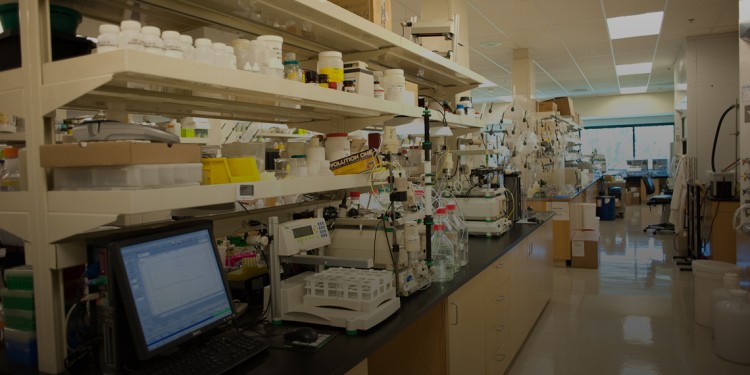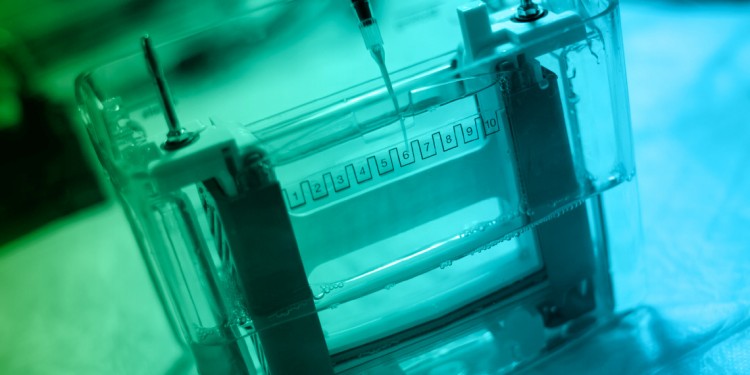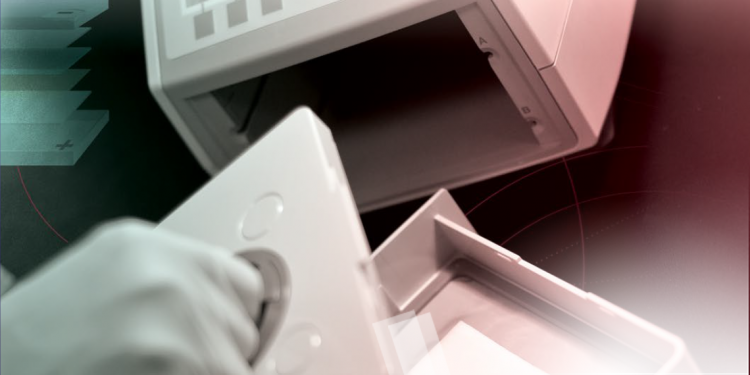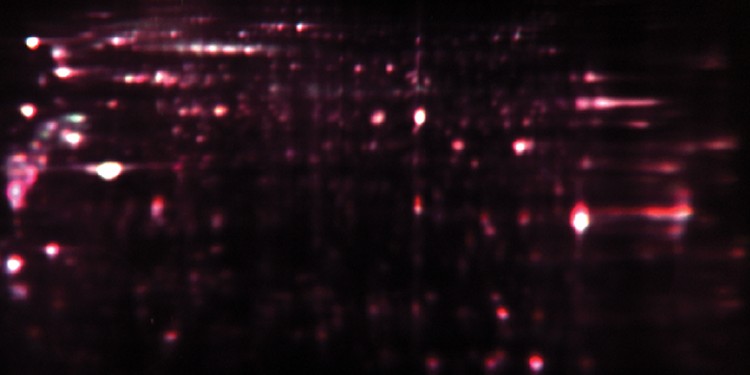
Bio-Rad’s Applications & Technologies Pages: A Valuable Resource for Scientists

TGX Stain-Free™ Precast Gels Facilitate LDL Research on Potential New Drug Targets

Trans-Blot® Turbo™ Ready-to-Assemble (RTA) Kit Enables Economical, Rapid, and Efficient Western Blot Transfers

Around the World with the ChemiDoc™ MP Imaging System


